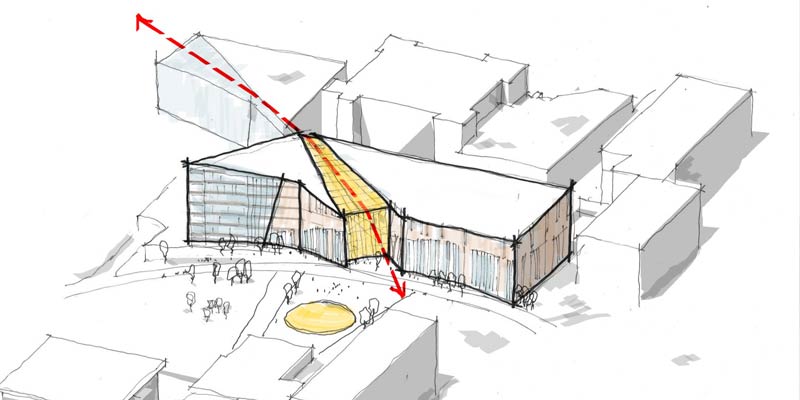Many healthcare institutions across the country have a “master plan” or perhaps have a document that shows physical locations of buildings on their campus with paths for growth which, often times, focuses on utility infrastructure and asking the question, “how much building can be developed on this site?”
Deceptively, it is easier to rally around the functional need rather than define a common vision.
Strategic Planning in a large organization can be very challenging. Why do many healthcare institutions struggle to utilize a strategic plan to create lasting change? The most common reason is that those called to act on the plan do not feel a sense of ownership, authorship, or engagement in a common vision. The simple remedy is to involve all key stakeholders – meaningfully – during the planning process. A sound proposition can be composed and adopted when there is a common understanding of vision for the future.
To begin the strategic planning process, you have to ask the hard questions. Assess your organization by looking for opportunities to improve what is not working. Determine why. Who are your competitors and what are you doing to rise above? Prioritization of the organization’s challenges and opportunities will begin to distill what is important to the organization. Then, together, commit to change.
The important question to ask your key stakeholders is, “are you ready for change?”. The beauty of a strategic plan is that it is 100% customized to your organization. It can amplify the unique qualities that make your organization great and provide a common vision for the future!
Before your organization can prepare for change, it is well worth evaluating where the institution ranks in terms of planning maturity. How does your institution currently employ strategic planning? The SCUP Planning Institute lays out four distinct stages of planning maturity. This can help you better understand where your organization is today and areas to improve.
- Chaotic. This is where planning team may or may not exist. The planning is “Ad-hoc” with people who are not aware that planning is happening. There may be some level of distrust among stakeholders.
- Reactive. This is a strategy of “Firefighting”, running from issue to issue trying to keep things moving with a sense of progression. At this maturity level people are in silos and have limited engagement as a team.
- Proactive. Coordinated efforts of stake holders with a “teaming” attitude. Trust seeds are planted among strategic planning team and with leadership. Operationally runs smooth with transparent communication.
- Optimized. Integrated planning team. High level of trust among team members. This level of maturity has the highest propensity for innovation to the planning process and will yield the highest rewards for the future.
It is our experience that a large majority of organizations operate within the “Reactive” stage of maturity. As leaders in healthcare planning, we take pride in assisting organizations in planning for a better future. Thoughtful strategic planning will have lasting positive impacts on your organization, making vision real.
By Curtis Leetham, AIA
MHTN Director of Healthcare Environments

